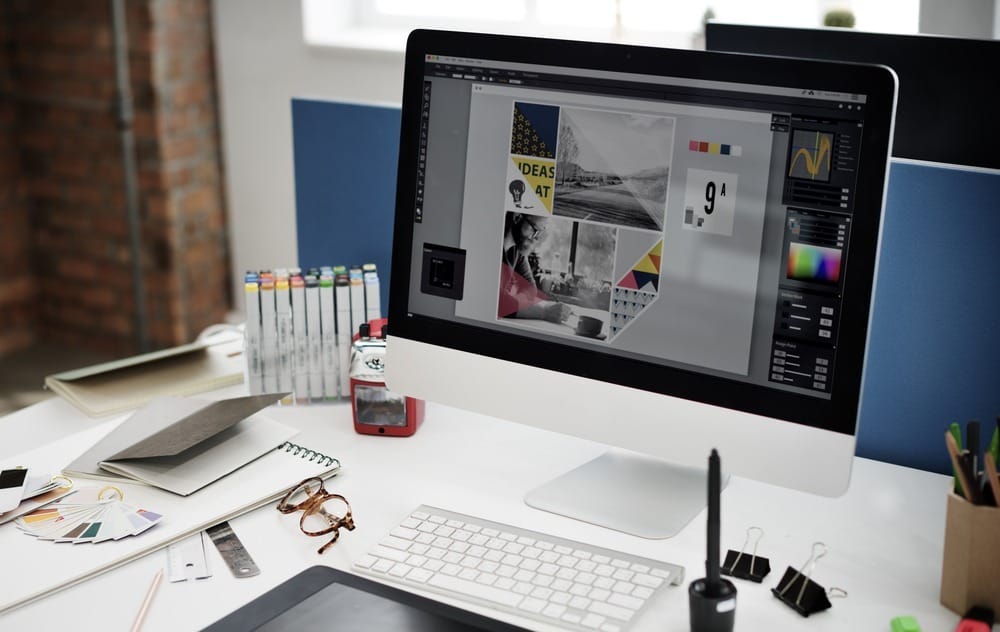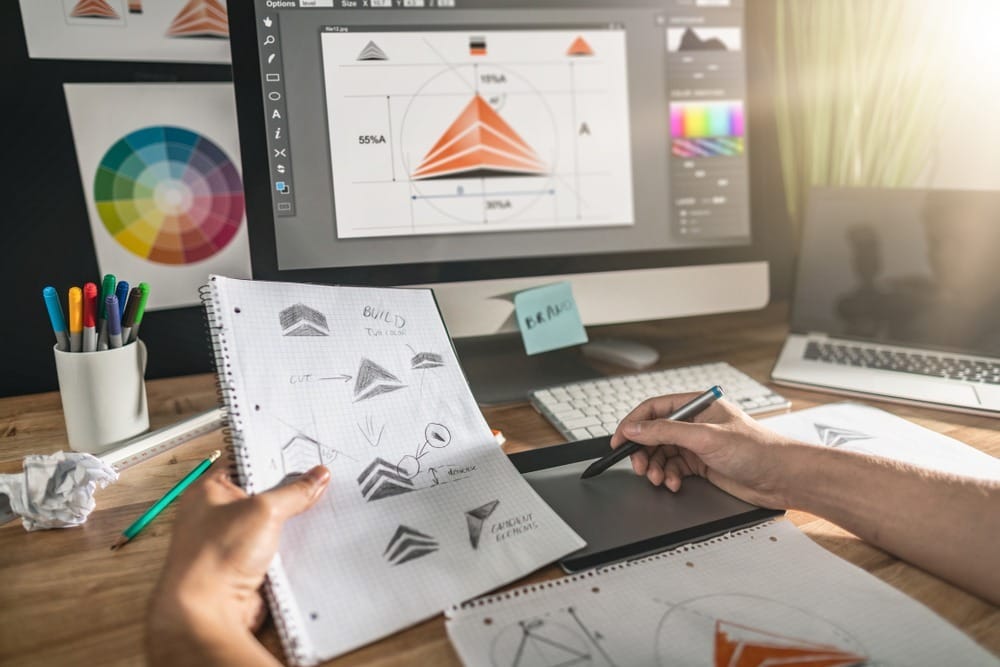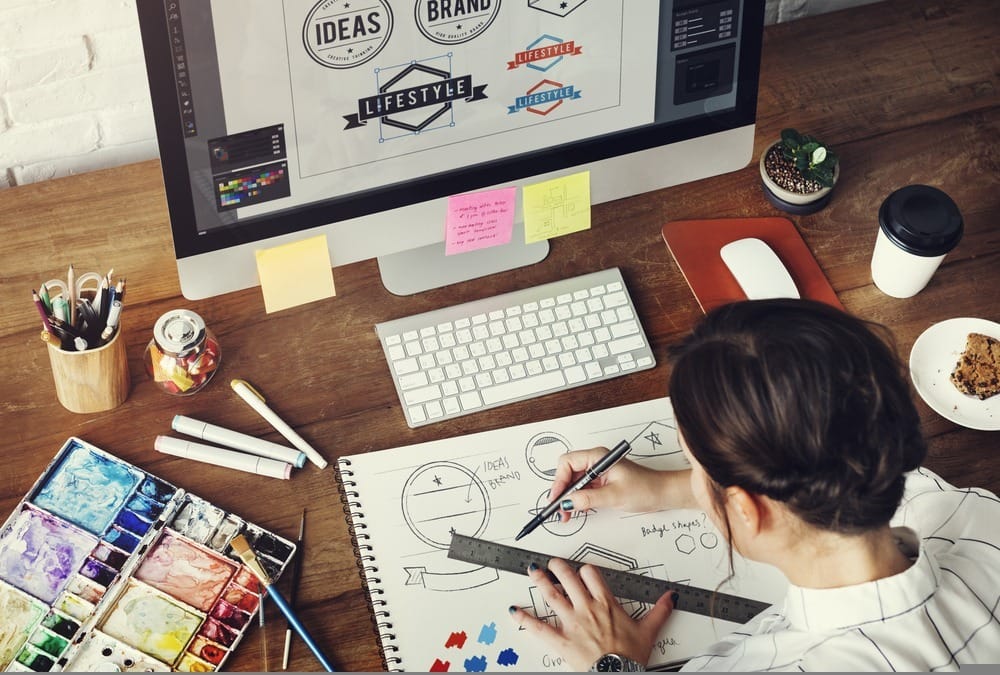A product designer makes blueprint of a product by researching the customers’ needs. With the abundance of different products in the market, it has become crucial to develop and modify products to suit the buyers’ changing preferences. The market is always in need of skilled product designers who create superior product models paying attention to small details.
A perfectly crafted product works as a bridge between the business and customers, it represents the brand with all its features. That’s why a designer tag comes with a bag of responsibilities. In the following sections, we will explore how to be a product designer and the skillset you need to acquire to excel in this field.
1. Understand What Product Design Involves
Before diving in, it’s important to have a clear understanding of what product design involves. Product designers are responsible for the look, feel, and functionality of a product. This includes everything from user research, sketching concepts, creating prototypes, and working closely with engineers to ensure the final product meets user needs.
There are two broad categories of product design:
Physical product design: This involves designing tangible products like furniture, electronics, or consumer goods.
Digital product design: This focuses on designing apps, websites, and software interfaces.
2. Develop the Right Skills

Becoming a product designer requires a blend of technical and creative skills. Here are the key skills you need to develop:
User-Centered Design (UCD): Understanding the needs and behaviors of users is at the core of product design. Learn how to conduct user research, create personas, and design with empathy.
Sketching: Being able to quickly sketch ideas and create wireframes is essential for communicating your concepts. Tools like Sketch, Figma, and Adobe XD are popular in the industry.
Prototyping: Learn how to create interactive prototypes to test your ideas. This could involve anything from paper prototypes to using software like InVision or Marvel.
Visual Design: A strong grasp of design principles such as color theory, typography, and layout is crucial. Tools like Adobe Creative Suite (especially Illustrator and Photoshop) will be your go-to for creating polished designs.
3. Get the Right Education
While a formal degree isn’t always necessary, having a background in design, human-computer interaction (HCI), or industrial design can be beneficial. Many institutes offer specialized programs in product design, but you can also consider alternative routes.
For instance, design boot camps are intensive programs that can teach you the basics of product design in a few months. Some popular boot camps include General Assembly, DesignLab, and CareerFoundry.
4. Build a Strong Portfolio
Your portfolio is your most important asset as a product designer. It showcases your design process, problem-solving skills, and the quality of your work. Here’s how to build a strong portfolio:
Include a Variety of Projects: Showcase different types of projects, such as app design, physical products, or web design. This demonstrates your versatility.
Focus on Case Studies: Instead of just displaying final designs, include detailed case studies that explain your design process from start to finish. This should include research, sketches, prototypes, and the final product.
Personal Projects and Freelance Work: If you’re just starting, consider creating personal projects or taking on freelance work to build your portfolio.
5. Gain Real-World Experience
Experience is key to becoming a successful product designer. Here’s how to gain it:
Internships: Look for internships or entry-level positions that will give you hands-on experience. These opportunities are often the best way to learn on the job and make industry connections.
Freelance Work: Taking on freelance projects can help you gain experience, build your portfolio, and establish yourself in the industry.
Collaborate on Open-Source Projects: If you’re interested in digital product design, contributing to open-source projects can provide valuable experience and show potential employers your commitment to the field.
6. Stay Updated on Industry Trends
Product design is an ever-evolving field, so staying updated on industry trends is crucial. Follow design blogs, attend industry conferences, and engage with the design community on platforms like Dribbble, Behance, and LinkedIn.
Some popular design blogs and resources include:
Smashing Magazine
A List Apart
InVision Blog
7. Network and Build Relationships
Networking can open doors to job opportunities, mentorships, and collaborations. Attend design meetups, join professional organizations, and participate in online design communities. Building relationships with other designers and professionals in the industry can provide valuable insights and support throughout your career.
8. Keep Learning and Growing
Product design is a field where continuous learning is essential. Stay curious, seek feedback, and always look for ways to improve your skills. Whether it’s learning new design tools, experimenting with different design styles, or staying informed about emerging technologies, continuous growth will keep you competitive in the field.
Now that you know how to be a product designer, it’s time to implement your knowledge practically. Becoming a product designer is a journey that requires dedication, creativity, and a willingness to learn.
By developing the right skills, building a strong portfolio, gaining real-world experience, and staying connected with the design community, you can carve out a successful career in this exciting field. Remember, every design challenge is an opportunity to learn and grow, so embrace the process and enjoy the journey.






